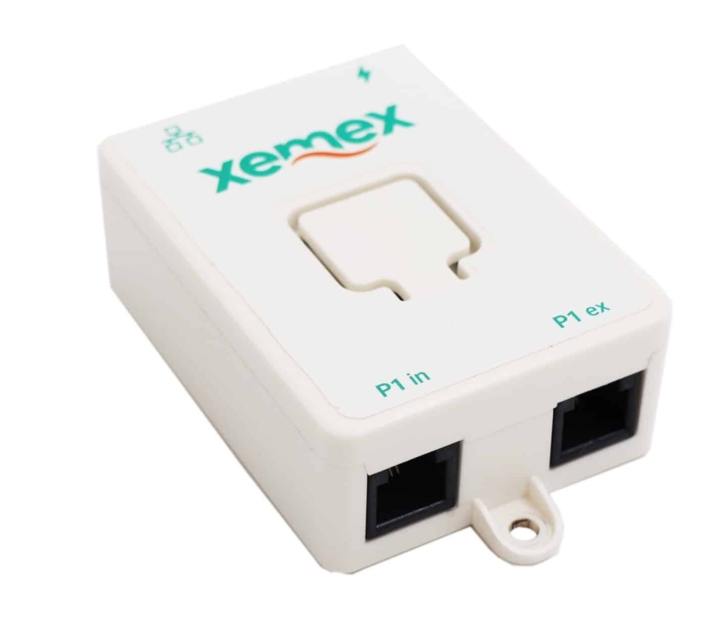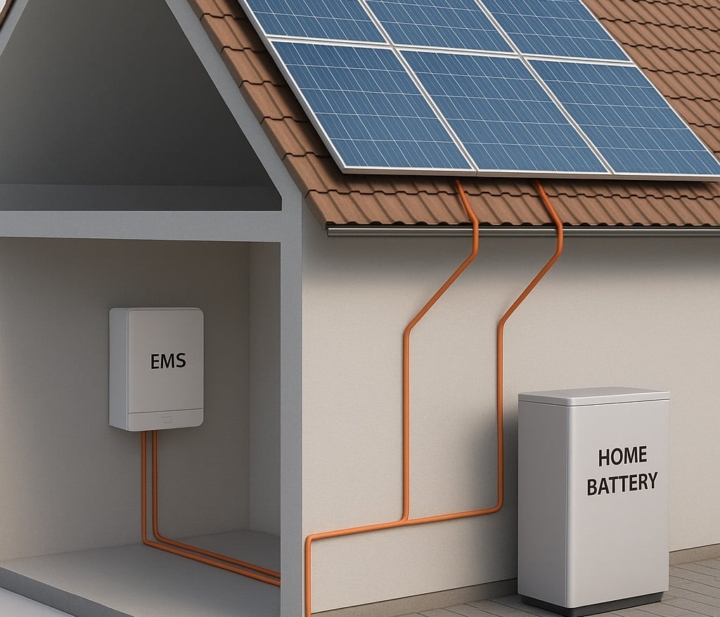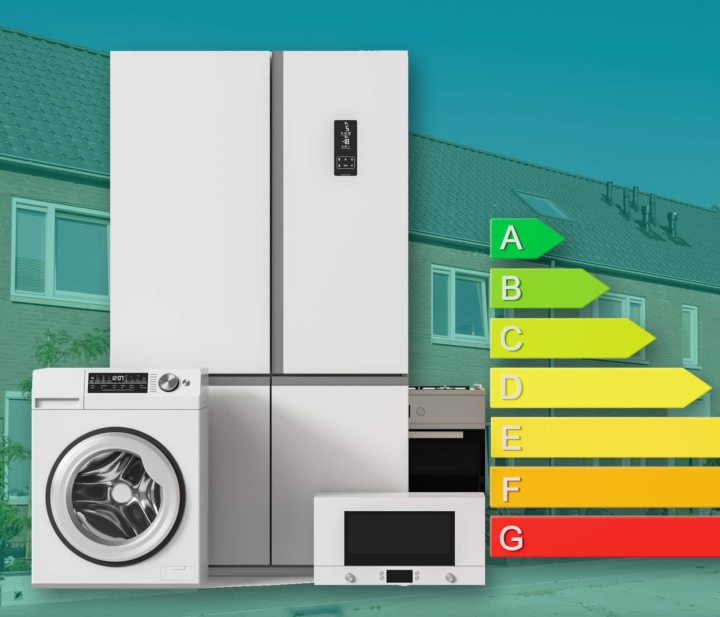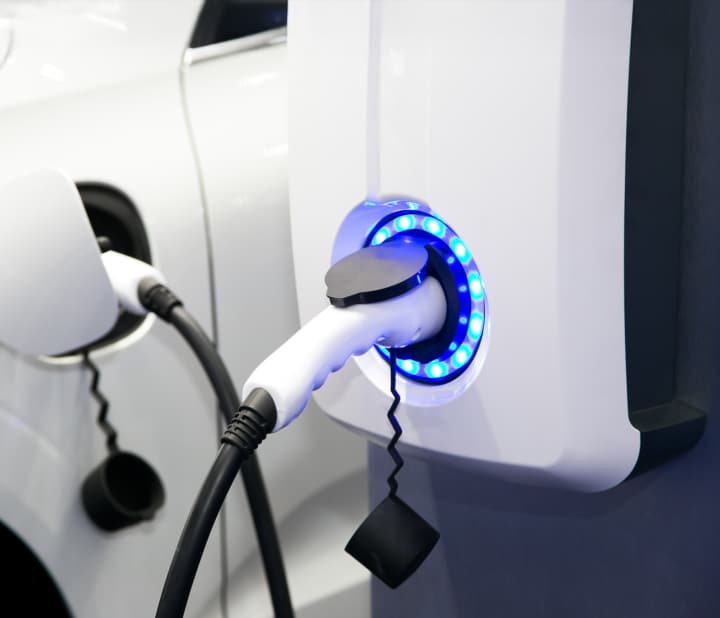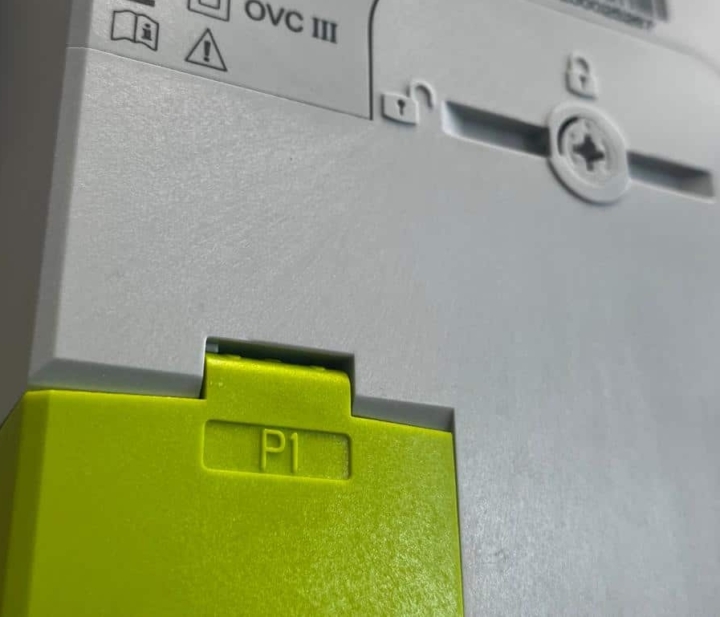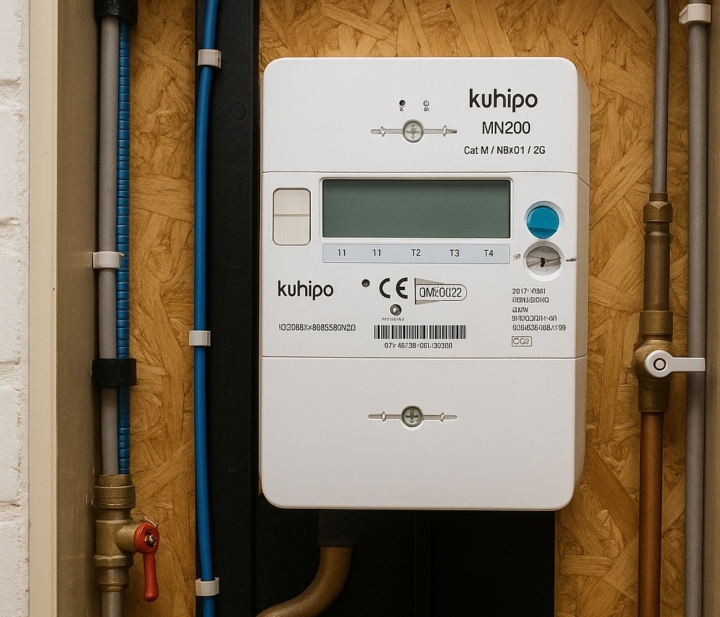The New Energy Act: an opportunity—or complexity? What it really means for you!

The new Energy Act: a promising start to a complex journey
After years of discussion, delays, and political adjustments, it’s finally here: the Netherlands now has a new Energy Act. It’s a modern and comprehensive legislative framework meant to end fragmented rules from the Gas and Electricity Acts and better prepare our energy system for a future filled with solar, wind, batteries, heat pumps, and smart grids. But as with most major reforms, a significant gap remains between legislation and reality.
What changes in concrete terms?
Consumers gain more freedom of choice. Suppliers must offer transparent standard contracts, and the ACM regulator gets broader powers to tackle excessive tariffs or unclear conditions. That sounds reassuring, especially amid volatile energy prices. However, much remains uncertain—like what happens after 2027 when net metering is phased out. What rules will apply to households with solar panels?
Installers see their role evolving—not just technically (with mandatory rollout of smart meters and home battery integrations), but also strategically. How do you advise clients in a market where regulations, grid capacity, and pricing models are still in flux?
An installer recently said: “You used to install a set of solar panels and that was it. Now you have to talk about feed-in scenarios, dynamic tariffs, batteries, congestion. The technology is there, but the rules keep shifting.”
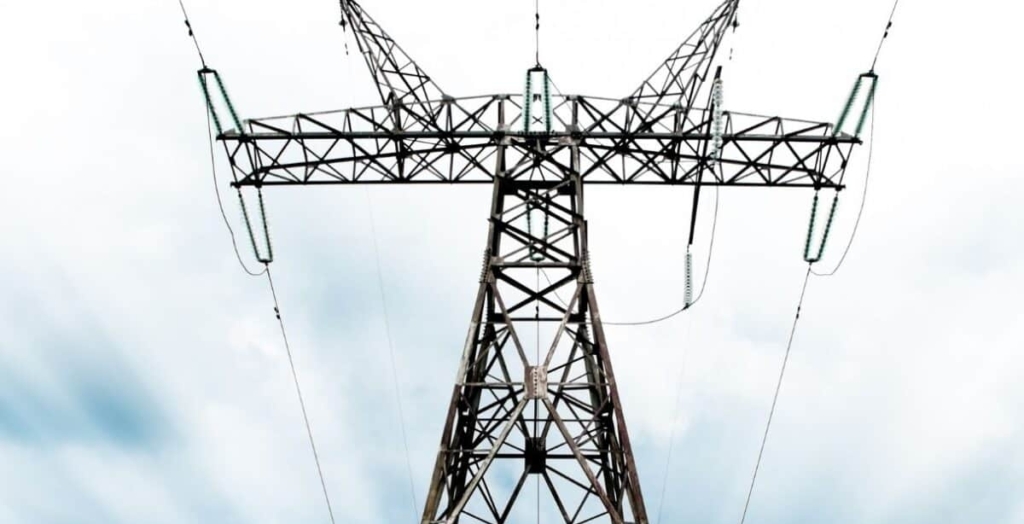
The energy market is fundamentally changing
At the core of the Energy Act lies an ambitious model: users are no longer passive consumers, but active players. Those who store, share, or use energy smartly become co‑responsible for grid balance. That’s progress—but it requires technology that’s not only smart, but also fair, robust, and independent.
In an increasingly complex market, demand is growing for transparent solutions that truly empower users—not lock them into vendor ecosystems. Key requirements include:
- Independence from a single vendor or provider,
- Local operation even during internet outages,
- Clear insights into savings, usage, and generation.
These aren’t just perks; they’re necessities.
Where the problems remain
Despite the law’s potential, structural issues aren’t immediately solved. Grid congestion continues to worsen and won’t be resolved overnight. While grid operators can now better manage peaks and troughs, without rapid infrastructure expansion, it will be like “mopping with the tap open.”
There are also doubts about market accessibility for smaller players. Local energy cooperatives can share energy—but only within a single supplier. Real freedom of choice—like switching suppliers within a collective—is delayed for a later phase. The Council of State has already pointed out the proposal is “complex and hard to test.” Consumers want sustainable decisions but face uncertain rules and lacking infrastructure, and it’s understandable this causes frustration.
A future that requires trust
Amid this complexity, the vision remains inspiring: an energy system where everyone can contribute, benefit, and actively manage. Where technology isn’t a black box, but a trustworthy partner in the energy transition. Where solutions are open, transparent, and built for the long term—not short‑term gain.
The future lies not in the hands of big players alone, but in neighborhoods sharing their own energy, households adjusting usage in real time, and installers who can confidently advise customers because their systems are honest and flexible—free from commercial lock‑in.
The new Energy Act is a beginning. Whether it succeeds depends on bridging the gaps between legislation, technology, and trust.
Always ready to start
Wondering what we can do for your organization? Contact Xemex and discuss your needs with our team. Together we will realize a solution that addresses your energy challenges and opens up new possibilities.
Burgemeester Burgerslaan 40
5245 NH 's-Hertogenbosch, The Netherlands
Metropoolstraat 11a
2900 Schoten; Belgium
